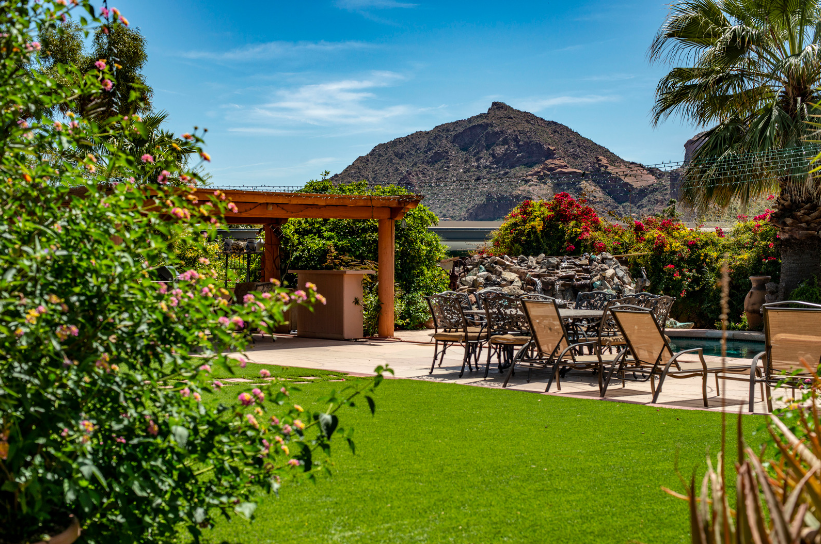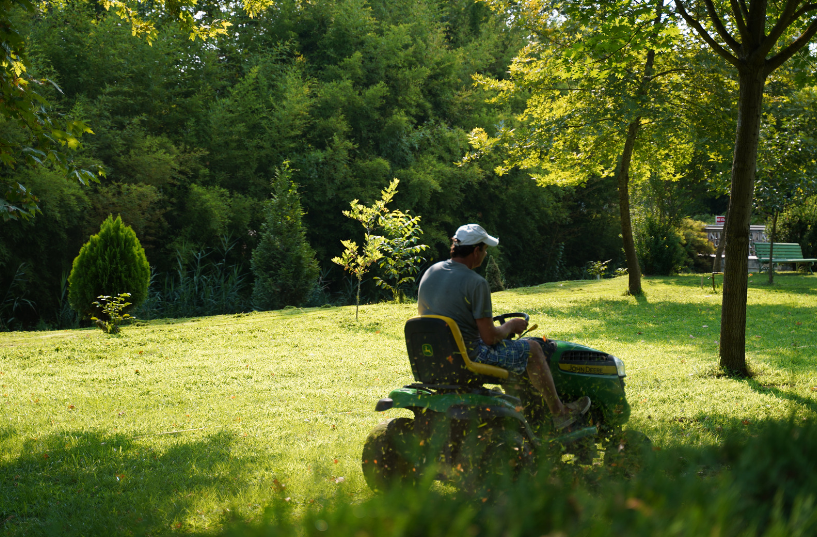7 Reasons Why Garden Maintenance and Landscaping is Important
7 Reasons Why Garden Maintenance and Landscaping Is Important
Why is Landscaping Important?
Landscaping is important because it increases the utility, privacy and value of the space, and improves the wellbeing and leisure facilities of those who use it. It also helps to protect and nurture the environment and preserve the area, protecting from soil erosion, water damage and more. Richmond Landscaping Trimzi provides garden maintenance services and landscaping services in Richmond, BC.
Utility
Firstly, landscaping is important to homeowners because it helps them use the space effectively. By installing a patio, installing garden seating, creating planters and developing outdoor cooking spaces, landscaping can be used to make a functional space that is an extension of your house, rather than a separate area
Wellbeing
In addition to this, landscaping is incredibly important for wellbeing. Being in natures generates feelings of calmness and happiness, and is a great way of reducing stress. Whether this is in your own private garden, in a communal park, or in nearby woodland, connection to nature and landscaping is shown to improve wellbeing.
As well as improving mental wellbeing, landscaping also improves physical wellbeing. Being outdoors encourages exercise, which is a huge part of health. Features of landscaping such as trees and shrubbery absorb pollutant gases such as smoke, nitrogen oxides and carbon dioxide. These pollutants are known to worsen the symptoms of respiratory conditions such as asthma. This is why garden maintenance and landscaping are an especially important part of urban design.
Environment
As a result of the increased absorption of harmful pollutants, the presence of landscaping reduced the number of greenhouse gases in the atmosphere, which is largely responsible for global warming.
In addition to this, planting native flora helps to preserve the natural environment, even in urban areas. This, in turn, encourages local native wildlife to flourish in areas where they otherwise wouldn’t. This is incredibly important for the survival of certain species of animal, and especially species of birds. This is true for both your own garden and larger landscaped areas such as parks.
Leisure
Gardens have the potential to become your own private leisure space; a space whether you can unwind after a long day at work, and spend time with loved ones during the summer months. Thoughtful landscaping can give you areas in which you can play sport, play with pets and entertain friends and family.
Privacy
Particularly if you live in a more urban area, landscaping and garden maintenance services have a huge role to play in privacy and security. Well-positioned trees and hedge rows can shelter your garden from the view of other properties, without reducing the sun that the space gets throughout the year. Appropriate fencing and garden security systems can be used to keep out unwanted people and animals.
Investment
Investing in specialist garden maintenance services and landscaping services in Richmond means that you are investing in your home. Great landscaping has the potential to increase your property value and attract more buyers when you come to sell. Garden maintenance and landscaping can increase the curb appeal of the property, giving the impression that the property is well-maintained and desirable.
Preservation
Landscaping is also important because it plays a big role in the preservation of the property and its surroundings. Great landscaping can prevent soil erosion, water drainage problems and damage to the foundations and walls of a property.
Retaining wall installations and irrigation and drainage system installations both help to preserve your property for years to come, by ensuring the soil is not eroded away and that the plants have enough water to thrive.
Mature roots of trees and weeds can cause significant structural problems to a property if problems aren’t nipped in the bud quickly. Roots can disrupt the foundations, external walls and plumbing of a property if the garden isn’t maintained.
You might also like





